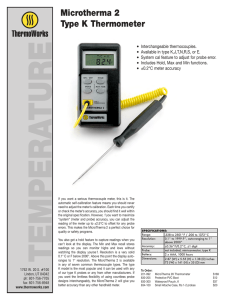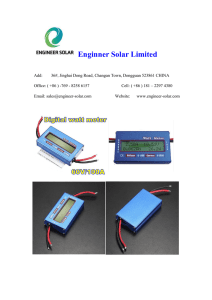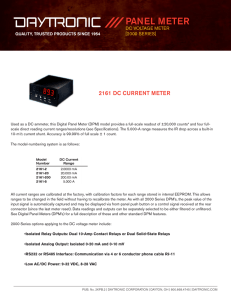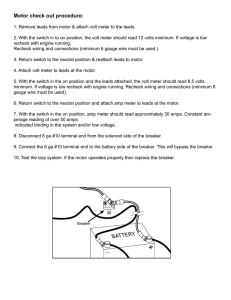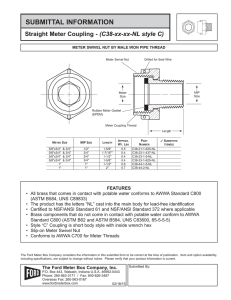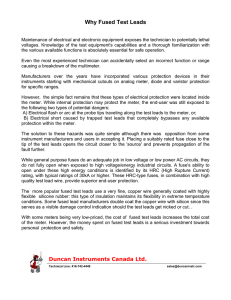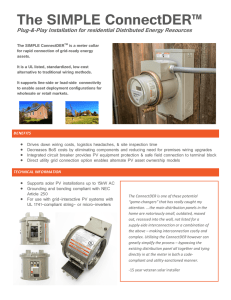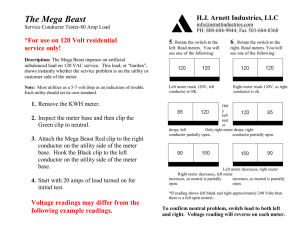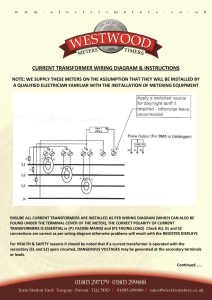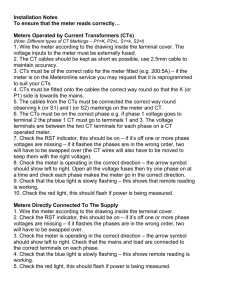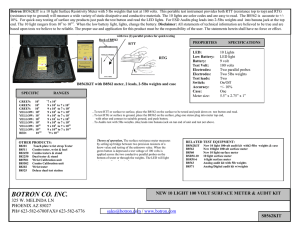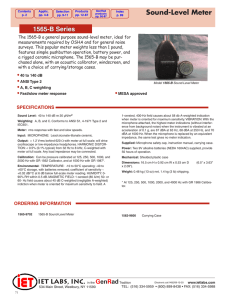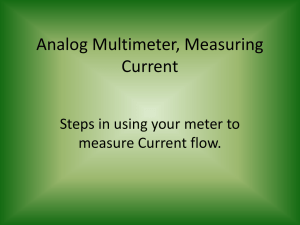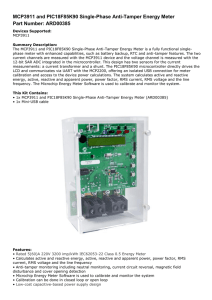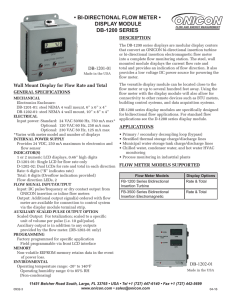ABSTRACT
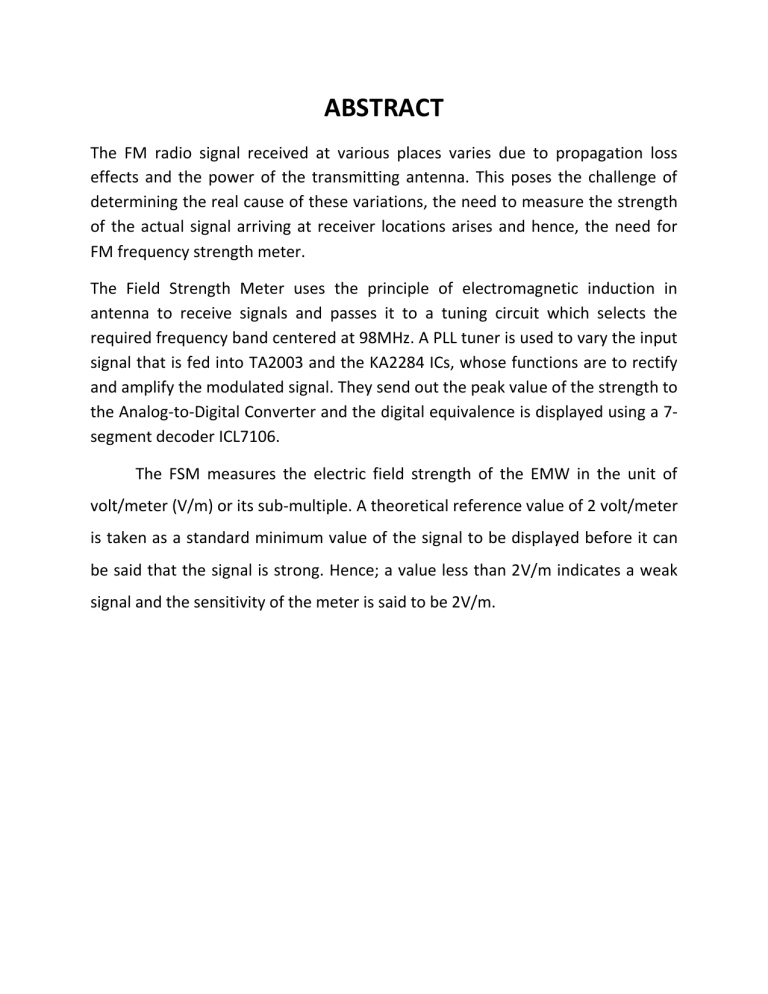
ABSTRACT
The FM radio signal received at various places varies due to propagation loss effects and the power of the transmitting antenna. This poses the challenge of determining the real cause of these variations, the need to measure the strength of the actual signal arriving at receiver locations arises and hence, the need for
FM frequency strength meter.
The Field Strength Meter uses the principle of electromagnetic induction in antenna to receive signals and passes it to a tuning circuit which selects the required frequency band centered at 98MHz. A PLL tuner is used to vary the input signal that is fed into TA2003 and the KA2284 ICs, whose functions are to rectify and amplify the modulated signal. They send out the peak value of the strength to the Analog-to-Digital Converter and the digital equivalence is displayed using a 7segment decoder ICL7106.
The FSM measures the electric field strength of the EMW in the unit of volt/meter (V/m) or its sub-multiple. A theoretical reference value of 2 volt/meter is taken as a standard minimum value of the signal to be displayed before it can be said that the signal is strong. Hence; a value less than 2V/m indicates a weak signal and the sensitivity of the meter is said to be 2V/m.



